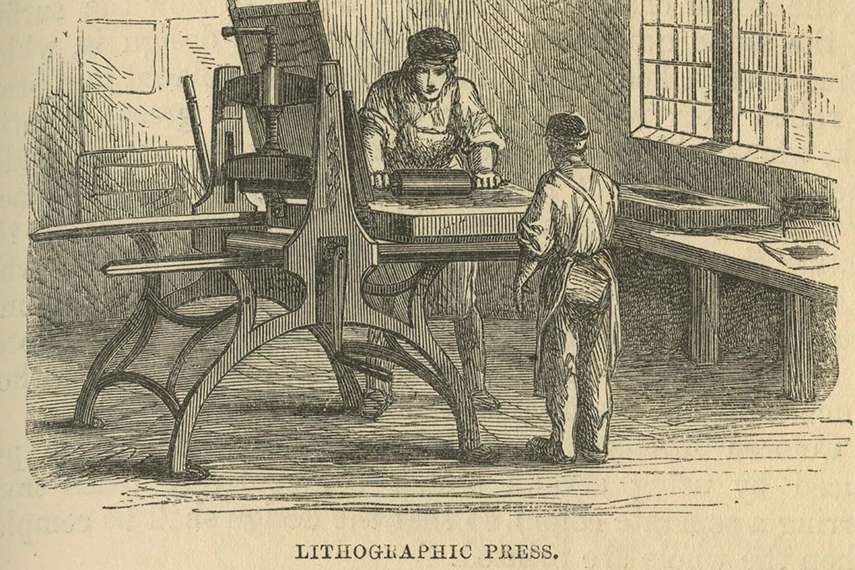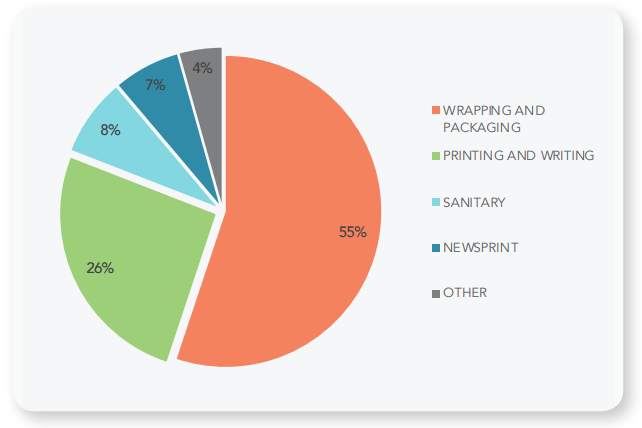5 Fun Facts About Printing

Let’s be honest. Computers and the internet are not going away anytime soon. But what does this mean for print? Do we really need paper in this day and age, when everything is online and our environment is in shambles? Is it really necessary to use printing services? The printing business, contrary to popular belief, is prospering. Printing has had a rebound in recent years after a recession in the mid-2000s, and it now generates more revenue than the automobile and video game sectors combined. To commemorate print’s resurgence (because who doesn’t root for the underdog? ), here are five facts about the printing business you probably didn’t know:
1. It was the Chinese, not Johannes Gutenberg, who created printing
Gutenberg is credited with inventing the printing press, although he did not invent printing. Chinese monks were utilising wooden blocks soaked in ink and pressing them on parchment to generate text almost 500 years before Gutenberg’s breakthrough machine could mass print books.

2. The Chinese were also the first to create business cards
One of the most frequent items in the printing industry is business cards. The Chinese began utilising their own form of a business card in the 1400s. These cards were not intended for commercial use and were instead used as calling cards to announce a meeting with someone else.

3. Australia’s first printing press was only known to a prisoner
A tiny hand press was brought here with the First Fleet in 1788 and became Australia’s first printing press, but no one understood how to use it. Between 1795 and 1880, a prisoner called George Hughes taught himself how to run a press and was commissioned to produce orders and rules by New South Wales governor John Hunter.

4. Paper manufacturing is really beneficial to the environment
Paper has environmental, social, and economic advantages throughout its life cycle, while also safeguarding and sustaining public health, welfare, and the environment. As a result, paper is one of the world’s few completely sustainable goods.

5.Print is a powerful marketing tool
Millennial paper usage and attitudes were found to be official, trustworthy, and secure in a research by TRU, a part of TNS Research Global, titled “Millennial Paper Usage and Attitudes.”

Comments
Post a Comment